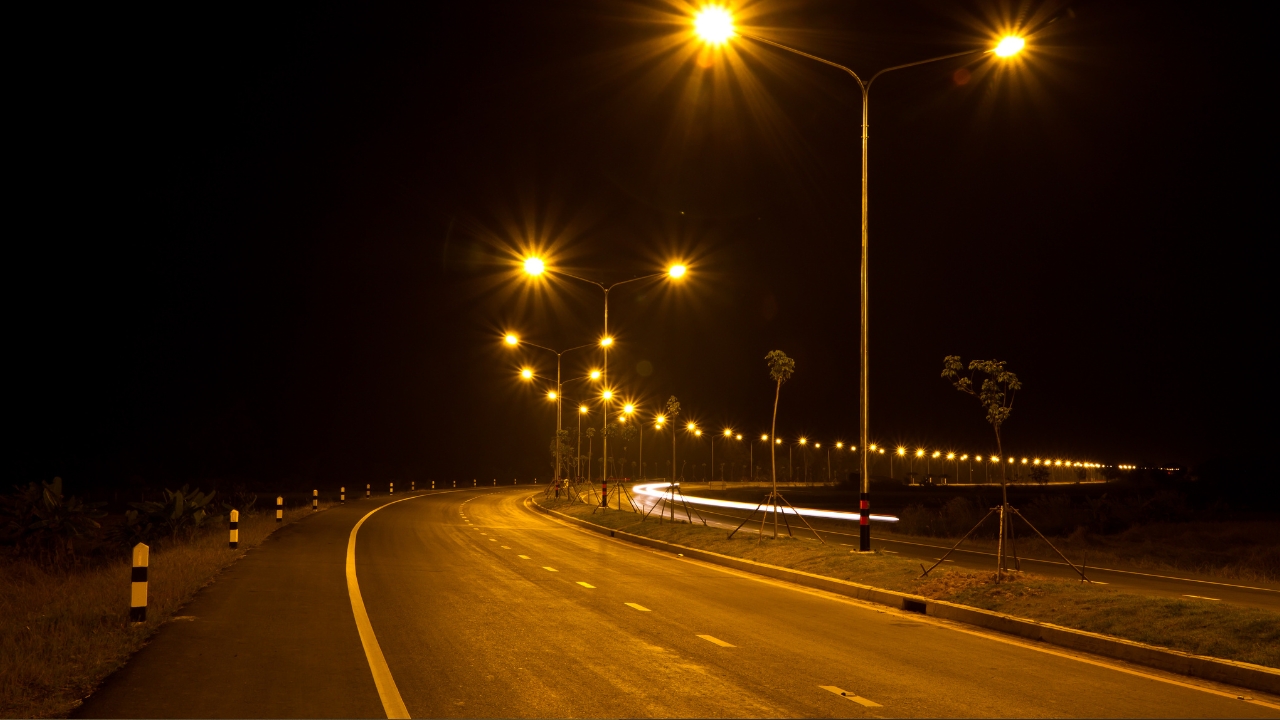Quality lighting holds the power to transform unsafe areas into secure, navigable spaces. Proper illumination enhances visibility, activity, and natural surveillance to deter crime and accidents. For homes, retail establishments, office buildings and municipal areas, optimized lighting is foundational to safety.
Lighting strategies that specifically promote security include thoughtful fixture placement, reactive motion sensor lights, LED advancements, smart technology integrations, and reliable backup lighting. By leveraging fixtures and approaches designed with safety in mind, homeowners, businesses and municipalities reinforce rightful ownership of their properties, promote natural guardianship, and establish order.
This article explores five ways to incorporate lighting design for expressly enhancing safety. We will examine both residential and community scale lighting strategies that reinforce security. The ability to illuminate surroundings, respond to motion, increase visibility, remotely control systems, and provide backup lighting enables safer environments. By leveraging lighting’s unique properties, public and private spaces shine bright with protection.
Useful Strategies For Using Lighting To Create Safer Environments

Credits - Canva
Lighting strategically applied establishes order, deters crime, eases monitoring, guides navigation and provides help when needed most. Here are five ways to leverage illumination for expressly safety-enhancing outcomes:
1. Strategic Placement of Outdoor Lighting

Credits - Canva
Thoughtfully positioned lighting leaves no area in the dark. Lighting placed at points of entry and vulnerability increases natural surveillance and activity. For homes, illuminate walkways, driveways, porches, yards, and entries leaving no shadows for people to hide. For businesses, brighten parking lots, loading zones, and recessed areas. For streets, fully light intersections, crosswalks, blind corners, and high crime areas. Eliminating pockets of darkness enhances natural guardianship and ownership of spaces.
2. Motion Sensor Lights for Reactive Illumination

Credits - Canva
Motion sensing fixtures automatically react to movement by flooding an area with light. The sudden brightness startles intruders and draws attention to nefarious activities. Motion detector spotlights, flood lights and security lights serve both residential and commercial properties. Tuning the sensitivity ensures legitimate activities like passing cars or stray animals won’t constantly trigger activation. Motion sensing lights combined with audible alarms provide a forceful safety reinforcement.
3. LED Lighting for Brighter, More Efficient Coverage

Credits - Canva
The brilliant luminosity of LED lighting increases visibility far more sharply than conventional light sources. This allows LED fixtures to light wider areas using fewer lampposts and fixtures.The bright white light provides true color rendering for improved facial recognition. LED efficiency also yields cost savings that justify upgrades of aging street and outdoor area lighting. LEDs deliver superior brightness, longevity and energy savings ideal for safely illuminating communities.
4. Smart Lighting Systems for Remote Monitoring and Control

Credits - Canva
Networked smart LED systems allow municipal departments and businesses to remotely monitor lighting status and adjust output as needed. Automated fault detection immediately alerts management of any bulbs out or blackout areas needing illumination restored. Remote dimming or boosting light levels accommodates usage patterns. GPS enabled asset management maps all connected fixtures. This facilitates maintenance while allowing adjustment of lighting scenes. The integration of lighting systems and centralized control chambers elevates monitoring, efficiency and responsiveness. Lighting networks also link with police surveillance systems providing real time incident visibility.
5. Emergency and Backup Lighting Solutions

Credits - Canva
Reliable lighting also provides critical illumination when emergencies do arise. Backup generators prevent illuminated spaces from plunging into darkness during power outages. Battery powered LED emergency lighting kicks in when electrical systems fail to safely guide occupants exiting buildings. Pathway marking photoluminescent strips illuminate egress routes. Dedicated streetlights along evacuation routes remain powered in disasters. Emergency vehicle signal preemption technology turns connected traffic lights red to clear intersections. Even in worst case scenarios, purposely designed lighting equipment sustains security.
Lighting Strategies Matching Specific Safety Needs
Streets - Consistent pole spacing for uniformity.
Bike Lanes - Frequent lower level illumination.
Parking Lots - Bright overhead lighting aiding facial recognition.
Parks - Directed motion activated deterrent lighting.
Marinas - Underwater blue lighting marking channel edges. Transitional dock lighting.
Tailor approach to context and usage.
Architectural Lighting Design Techniques that Enhance Safety
Perimeter Climbing – Grazing light up tree branches and foliage edges to reveal shape.
Wall Washing – Soft uniform illumination of surfaces removes hiding spots.
Area Flood Lighting – Bright overhead general illumination.
Wayfinding – Illuminated signage at turns and transitions.
Accent – Highlighting key locations like doorways and staircases.
Leverage combinations of approaches tailored to the architecture and landscaping.
Jaquar Lighting for Safety

Credits - Canva
At Jaquar, we understand that lighting performs an invaluable role enhancing public safety across streets, parks, corporate campuses and private residences. Our exhaustive range of smart street lights, signage and residential security lighting coupled with the expertise of our lighting designers allows us to perfectly tailor solutions minimizing risks unique to your environment. From sensors to central management platforms, we integrate intelligence assuring your illuminated spaces remain reliably bright through storms, power failures and attempts at vandalism. Contact us today to discuss a made to order lighting design illuminating safer public spaces.
Conclusion
Effective street and consumer lighting serves the important purpose of eliminating hazards, deterring crime, and providing safe navigation after dark. Beyond functionality, thoughtfully designed lighting also reduces the fear associated with poorly lit areas by creating a reassuring ambiance. Strategic placement eliminating shadows, motion reactive illumination, harnessing LED efficiency and smart city central controls work in concert to foster neighborhoods, streets and spaces promoting security and peace of mind after sunset. When artfully designed with public involvement, lighting builds community connectivity strengthened through a shared sense of safety and comfort in the spaces between homes.


